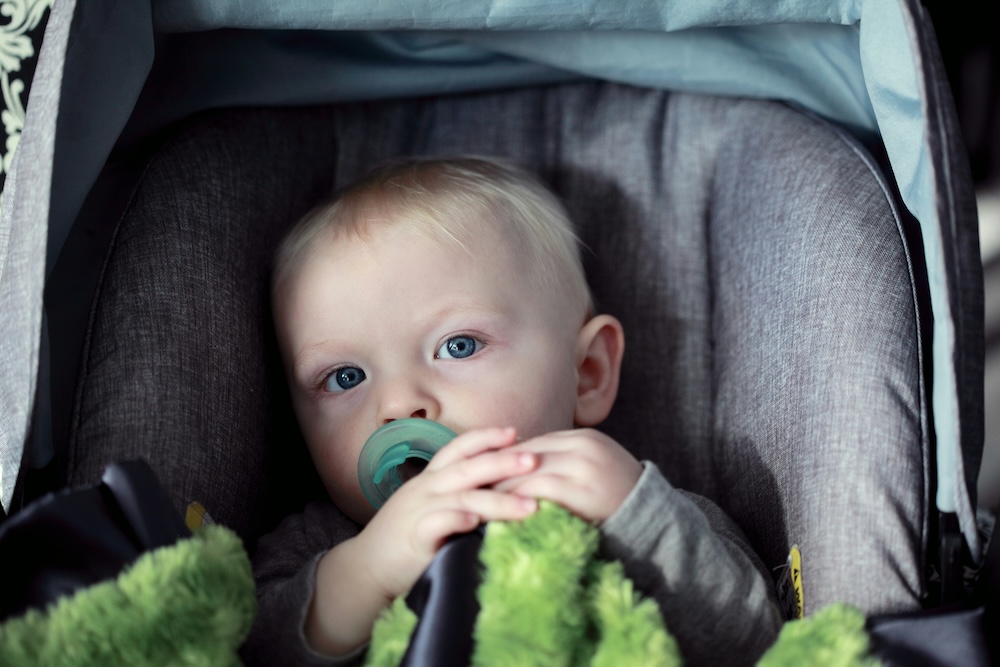Puberty is the stage of life when your child’s body starts going through physical changes as it becomes sexually mature and capable of reproduction. For most girls, this is typically between the ages 8 and 13. The earliest sign you might see is the development of breast “buds,” which are tiny bumps under the nipple. Your child might start growing body hair as well, including pubic hair. Menstruation also begins about 2 or 3 years after the start of puberty. The average age in America for when girls get their first period is 12. As a parent, it’s important to talk to your child about the new changes they experience and to prepare them in advance. It’s likely your child will have questions and knowing how to answer common questions will make having these conversations easier.
Breast development can make young girls anxious, especially since usually one breast starts developing before the other, causing the sizes of the breasts to be different. Let your daughter know that this is completely normal to ease any potential fears. You may also want to help them find new clothes and a training bra that disguises their breast development if it will make her feel more comfortable and less self-conscious.
As your daughter starts growing body hair, she might show an interest in shaving and removing the hair. Keep in mind that this is a personal preference your child might have and it is not medically necessary. But if your child chooses to shave, it’s important to teach them how to do so safely. Without following precautions, shaving can cause cuts, razor burns, and irritation, leading to the risk of skin infection. Advise your daughter to always wet their skin first and apply lotion or gel. They should only apply light pressure when shaving and replace the razor or blade often. Razors should never be shared as that can cause an infection. There are electric shavers designed for girls that could be used as safer alternatives to traditional razors.
As girls approach their first period, they may experience vaginal discharge which is usually clear or white. This can occur 6 months to a year before menstruation begins and is a response to the increase of estrogen happening in the body. Let your daughter know that this is normal. She might have questions about periods and you’ll want to make her feel comfortable to talk about it. It’s especially helpful to let your daughter know what to expect before they get their period. Talk to them about using menstrual products like pads and tampons and good hygiene practices, such as changing the pad or tampon often. If your child expresses concern about menstrual cramps and discomfort, let them know about home remedies that can help such as using a hot water bottle or heating pad, as well as taking an over-the-counter painkiller.
Puberty brings about new changes for children as they make the transition into adulthood. And those changes can bring about uncertainty, confusion, and anxiety. By engaging in conversations with your child about puberty, you can make the navigation during this life stage easier for them. If you have any concerns about your child’s development or if you notice signs of early puberty (before age 8), call our office to talk to our pediatrician.


